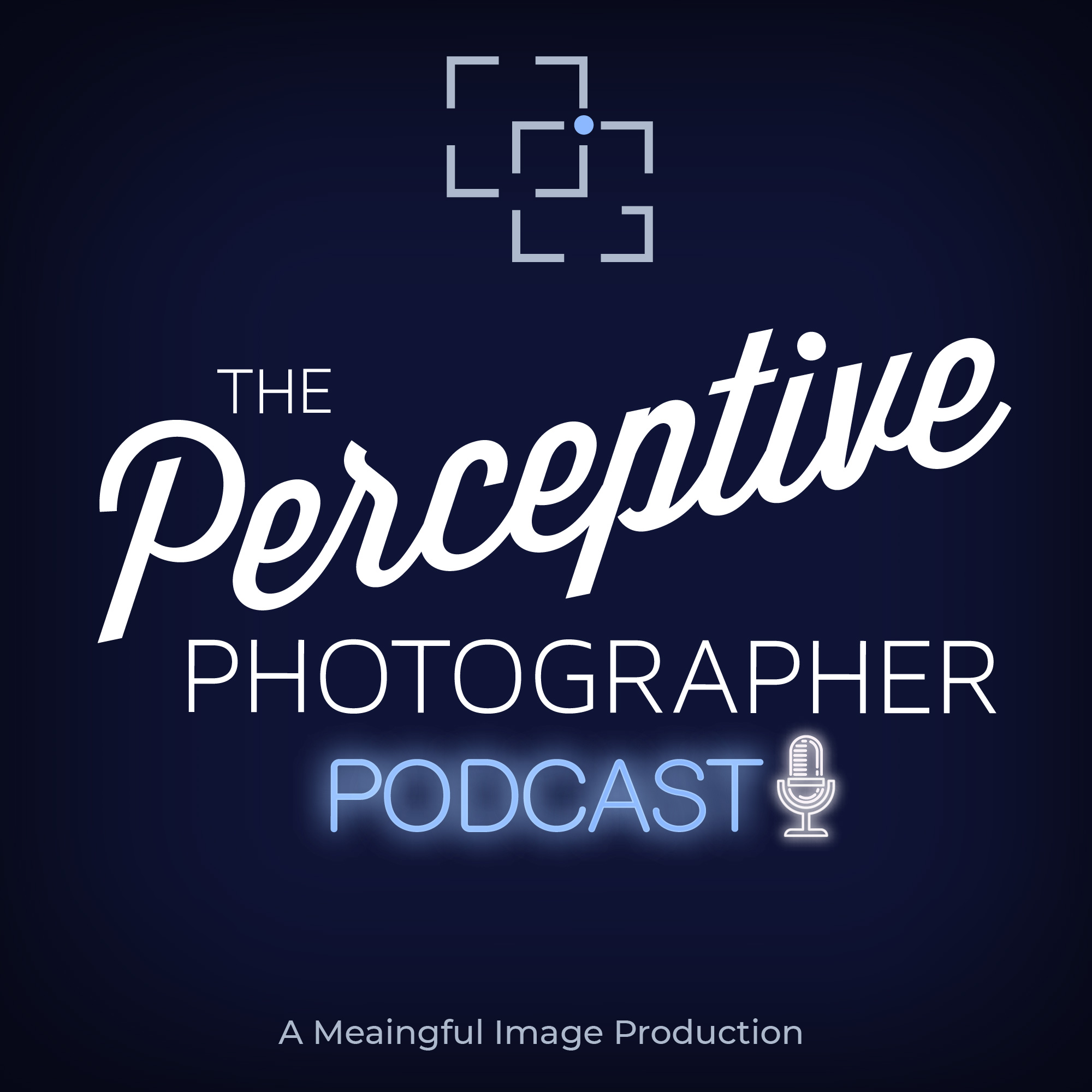I was asked recently to help a friend understand how to use depth of field on a new camera. They had always been using an iPhone and just wanted to know how to use that feature of their camera.
The idea of depth stuck in my head as a critical aspect of the photograph from the depth and illusion created by the paper to the emotional connection to the work. There are always layers and depths to a photograph. In this week’s podcast, we talk about three key elements to depth in photography.
First, I discuss the impact of matte versus glossy papers and how they can shift our focus from the photograph as an object to the subject as a focus in print. Second, I talk about how emotional depth allows us to connect to work in a more meaningful way. Finally, I focus on how we can create more depth in our community by avoiding common critique traps and focusing on real relationships with people that can help move our work forward.
Gear used in podcast
One of the questions I get asked frequently is what sort of equipment do I use to record my podcast. I have used a variety of equipment in the three years that I have been recording, but here is the current list of equipment that I am using. Also as an FYI and full disclosure, the links are affiliate links to Amazon.
Rode Procaster XLR microphone
Rode Boom Arm
Rode PSM Shockmount
All three Rode components a kit
Focusrite Scarlet 2i2
Adobe Audition (part of creative cloud subscription)
LogicPro X
Macbook Pro
OWC Thunderbolt 3 dock
Headphones

